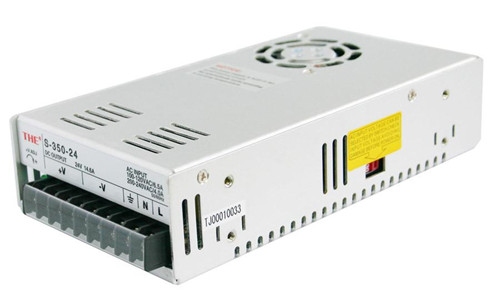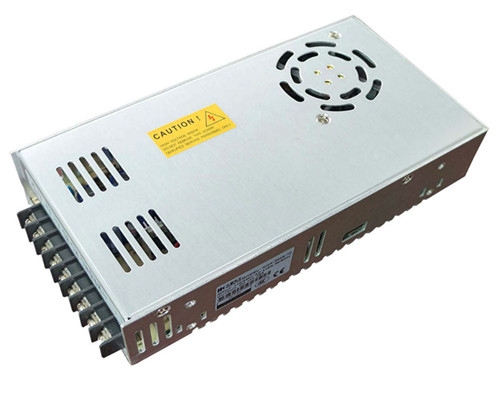Switching power supplies are widely used in life. However, compared with linear power supplies, switching power supplies have stable and reliable output voltage, wide voltage regulation range, comprehensive protection, low power consumption, and high conversion efficiency. Therefore, the majority of cable television equipment power supply switching power supply, such as optical transmitters, optical receivers, optical amplifiers, digital satellite receivers, amplifiers, modulators and other equipment are used switching power supply. Next Xiaobian introduced the working principle of switching power supply and the composition of switching power supply. Switching power supply works The operating principle of switching power supply is different from that of linear power supply. Linear power supply allows power transistor to operate in linear mode, and switching power supply allows power transistor to work in both on and off states, in other words, through “choppingâ€. That is, the amplitude of the input DC voltage is reduced to a pulse voltage equal to the input voltage amplitude. This working principle of the switching power supply makes the volt-ampere product added to the power transistor very small (in the on state, the voltage is low, the current is large; in the off state, the voltage is high, the current is small), ie, the loss generated in the power transistor Very small. The composition of switching power supply 1, the main circuit Inrush Current Limit: Limits the inrush current on the input side at the instant of power on. Input filter: Its function is to filter the clutter that exists in the power grid and hinder the feedback of clutter generated by the unit back to the power grid. Rectification and filtering: Direct rectification of grid AC power to smoother DC power. Inverter: The rectified DC power is changed into high-frequency AC power, which is the core of high-frequency switching power supply. Output rectification and filtering: According to load requirements, provide a stable and reliable DC power supply. 2, the control circuit On the one hand sampling from the output, compared with the set value, and then to control the inverter, change its pulse width or pulse rate, so that the output is stable, on the other hand, according to the data provided by the test circuit, the protection circuit identification, provide The control circuit performs various protection measures for the power supply. 3, detection circuit Provides various parameters and various meter data during operation in the protection circuit. 4, auxiliary power supply The software (remote) that realizes the power supply starts to supply power for protection circuits and control circuits (chips such as PWM). Switching power supply operating mode 1, frequency, pulse width fixed mode, this mode is often used in DC / AC inverter power supply, or DC / DC voltage conversion. 2, frequency fixed, variable pulse width mode, often used in switching power supply. 3, frequency, pulse width variable mode, but also for switching power supply. Editor's summary: The working principle of the switching power supply and the composition of the switching power supply are introduced here, and we hope to help everyone. If you want to know more related information, you can pay attention to this website information. Switching power converter Smart Film Curtain,Low-E Film Curtain,Thermal Insulation Film Curtain,Uv Window Film Curtain Shenzhen Filmbase Technology Co., Ltd. , https://www.globalfilmbase.com
